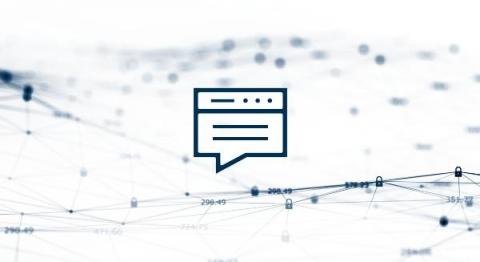The Howler Episode 11: Dan Larson, Chief Marketing Officer
This month we sit down with Dan Larson, Chief Marketing Officer, as he shares his tips for building a personal brand, why partnering with Formula 1 and IndyCar was an exciting move, how he works with his team to dream up innovative ideas and much more!











